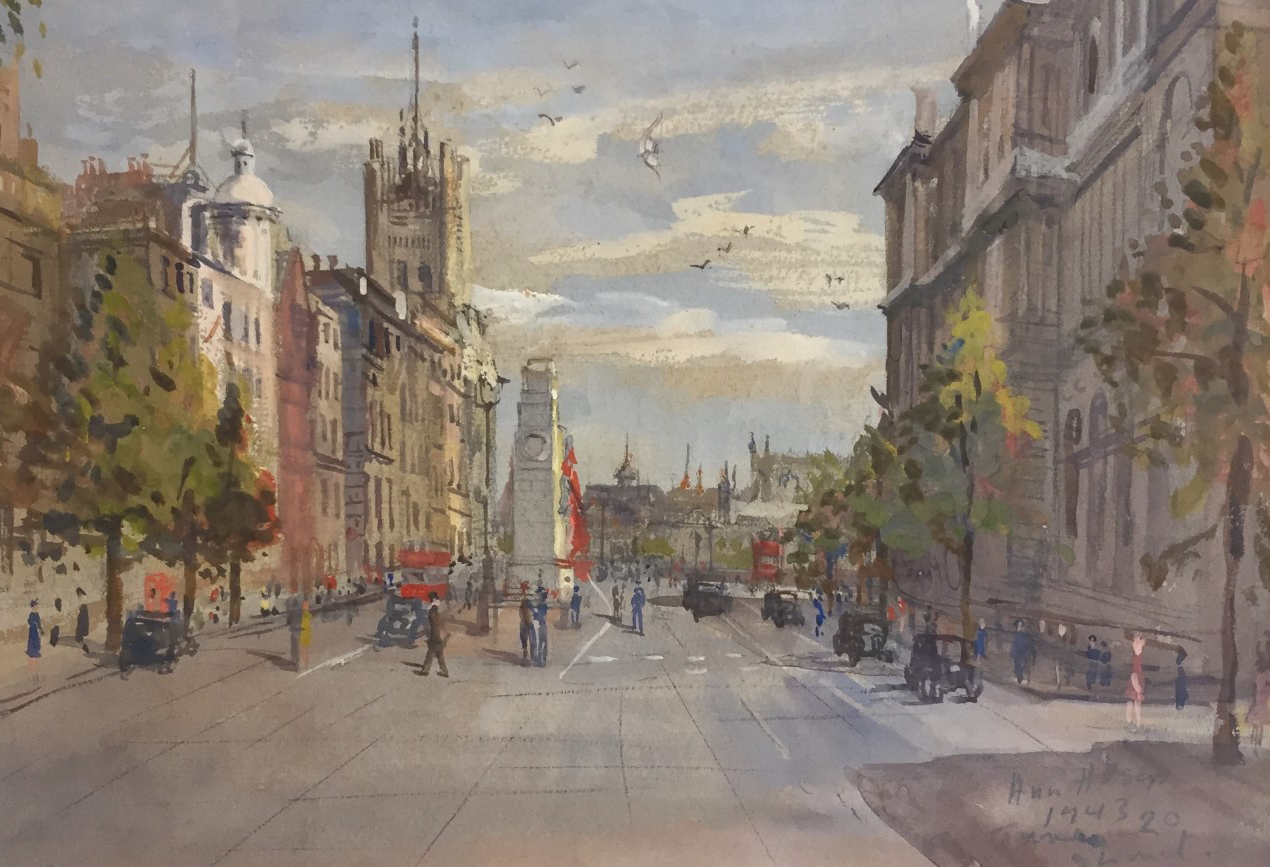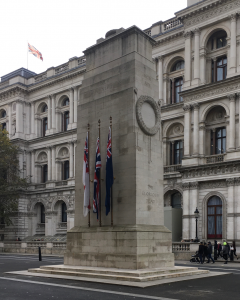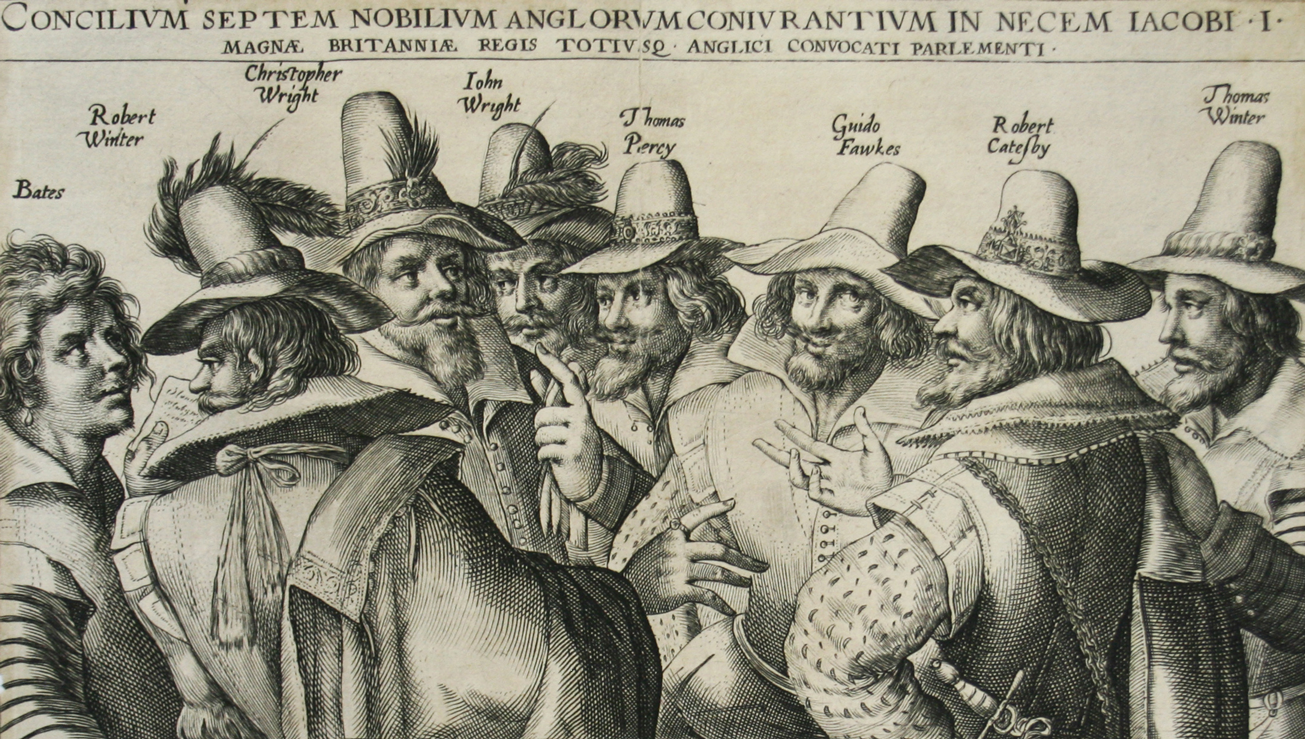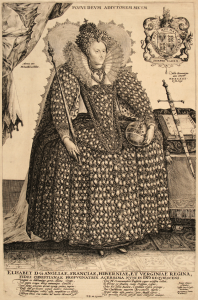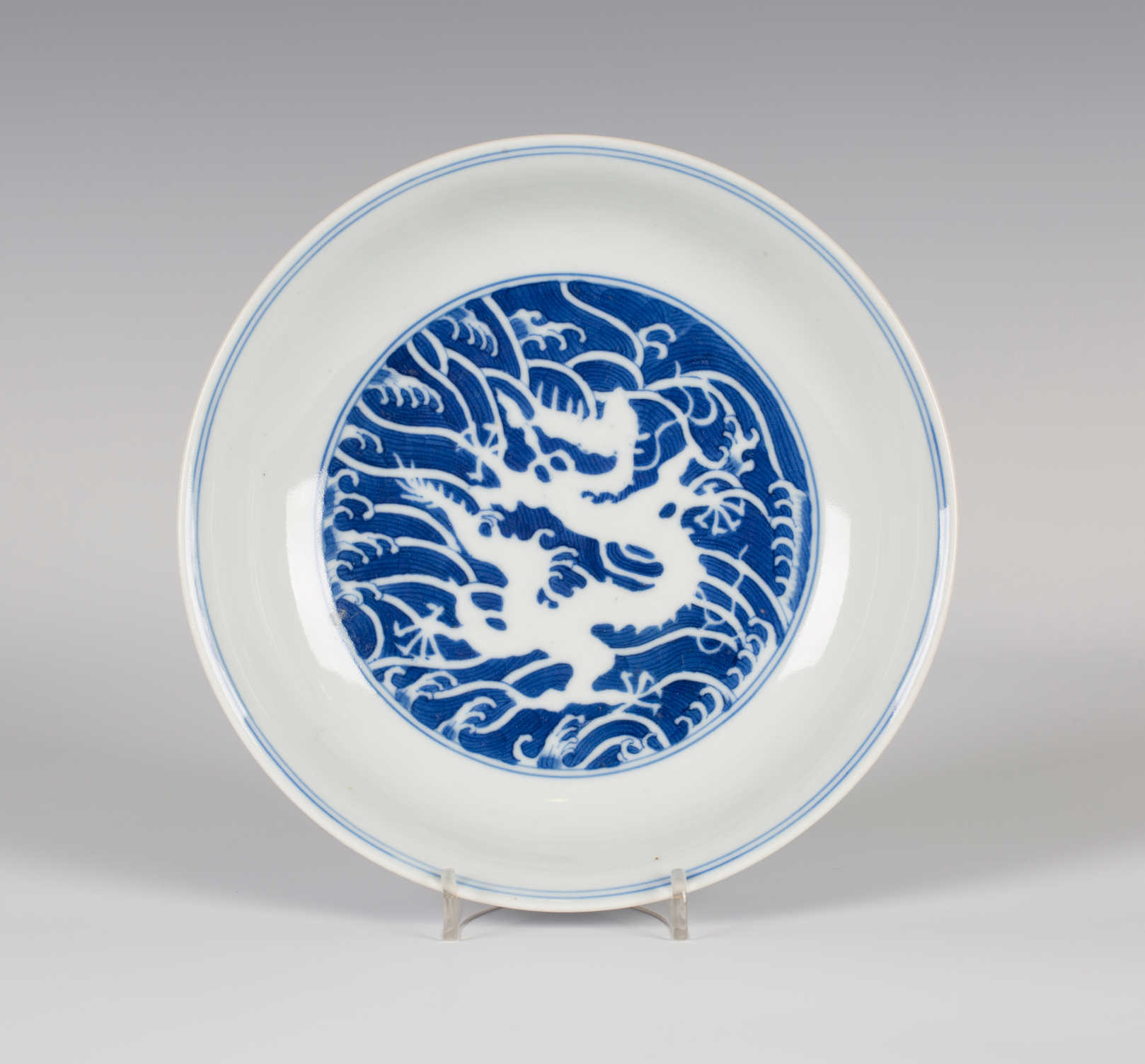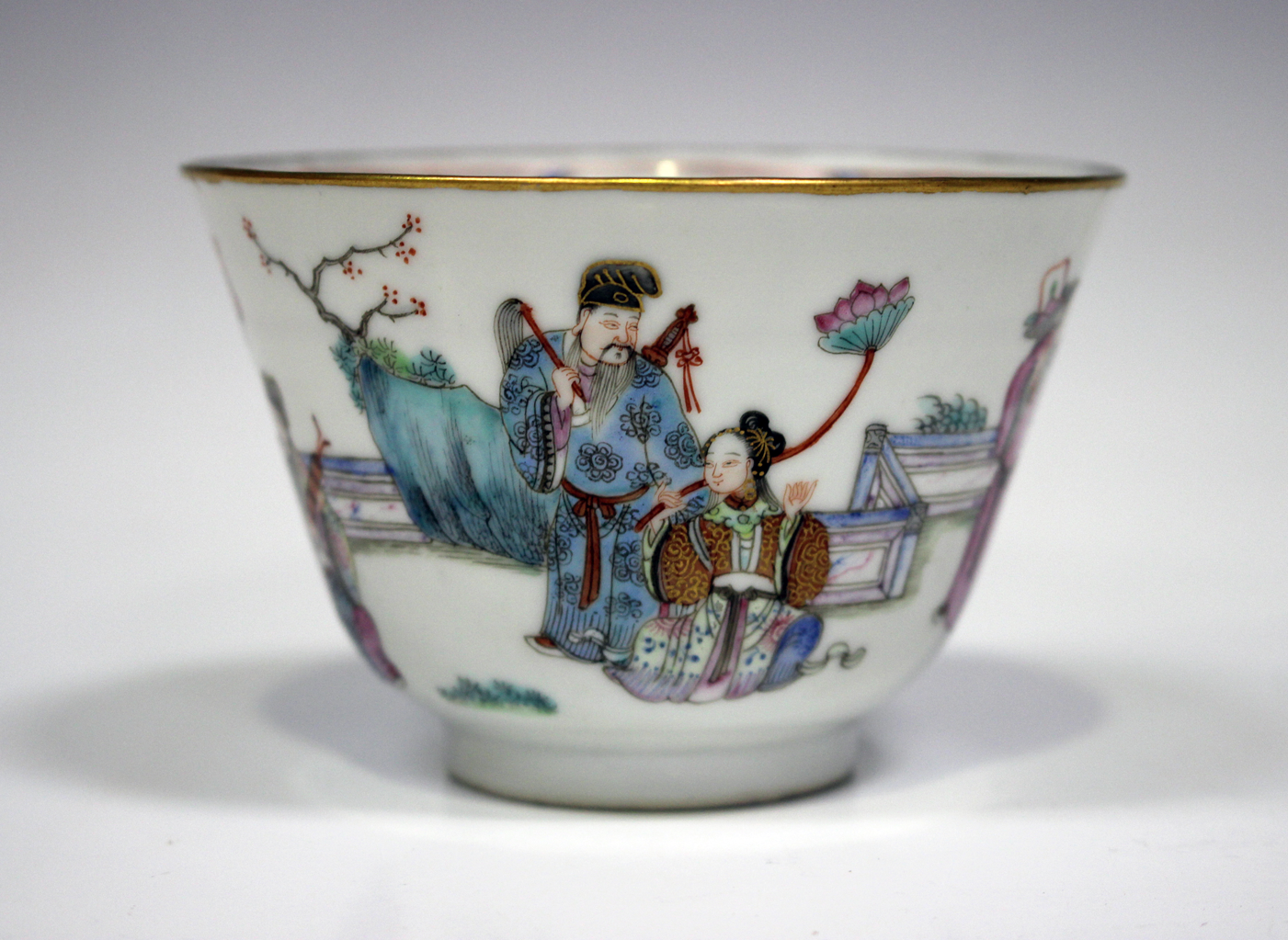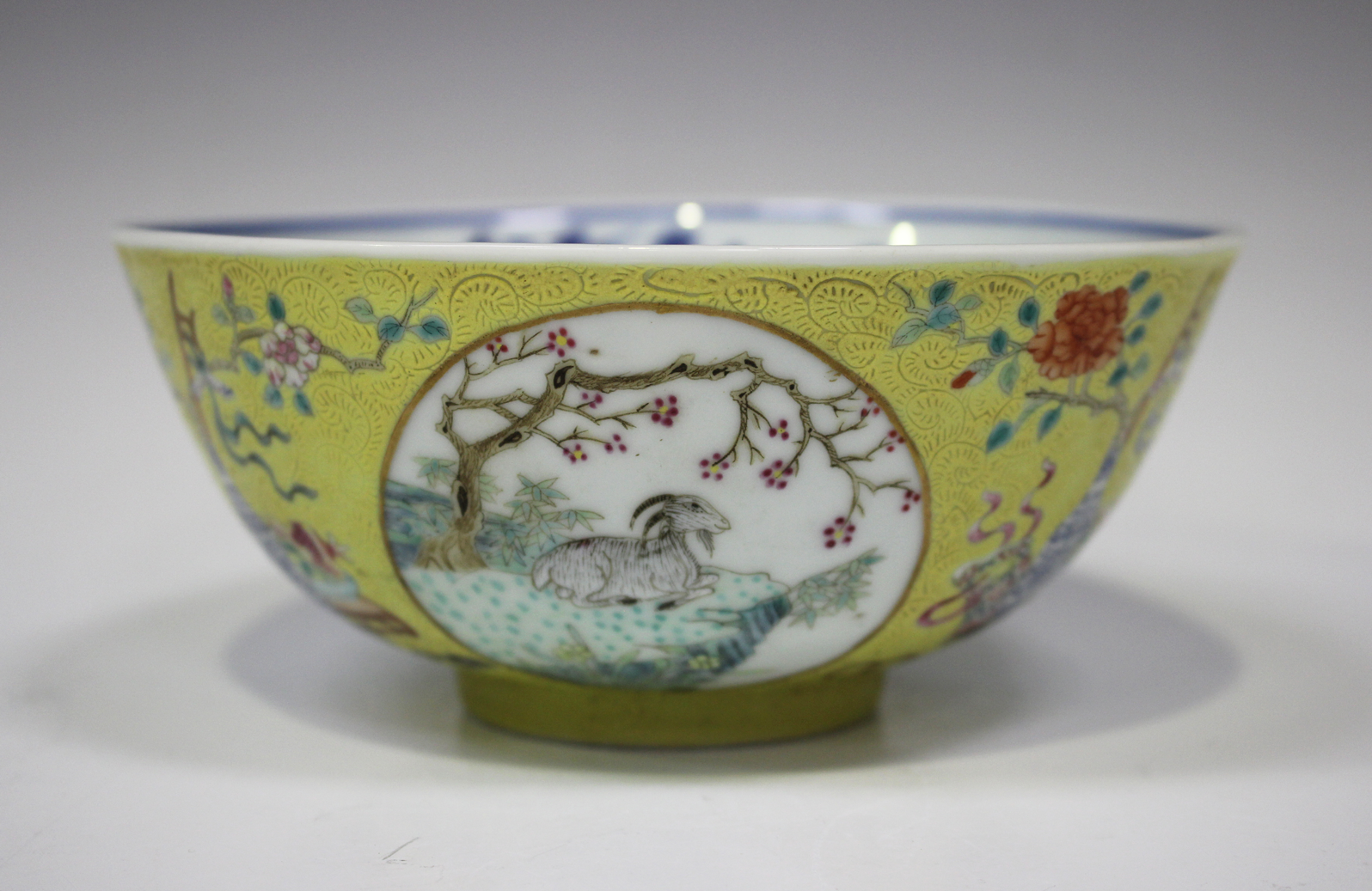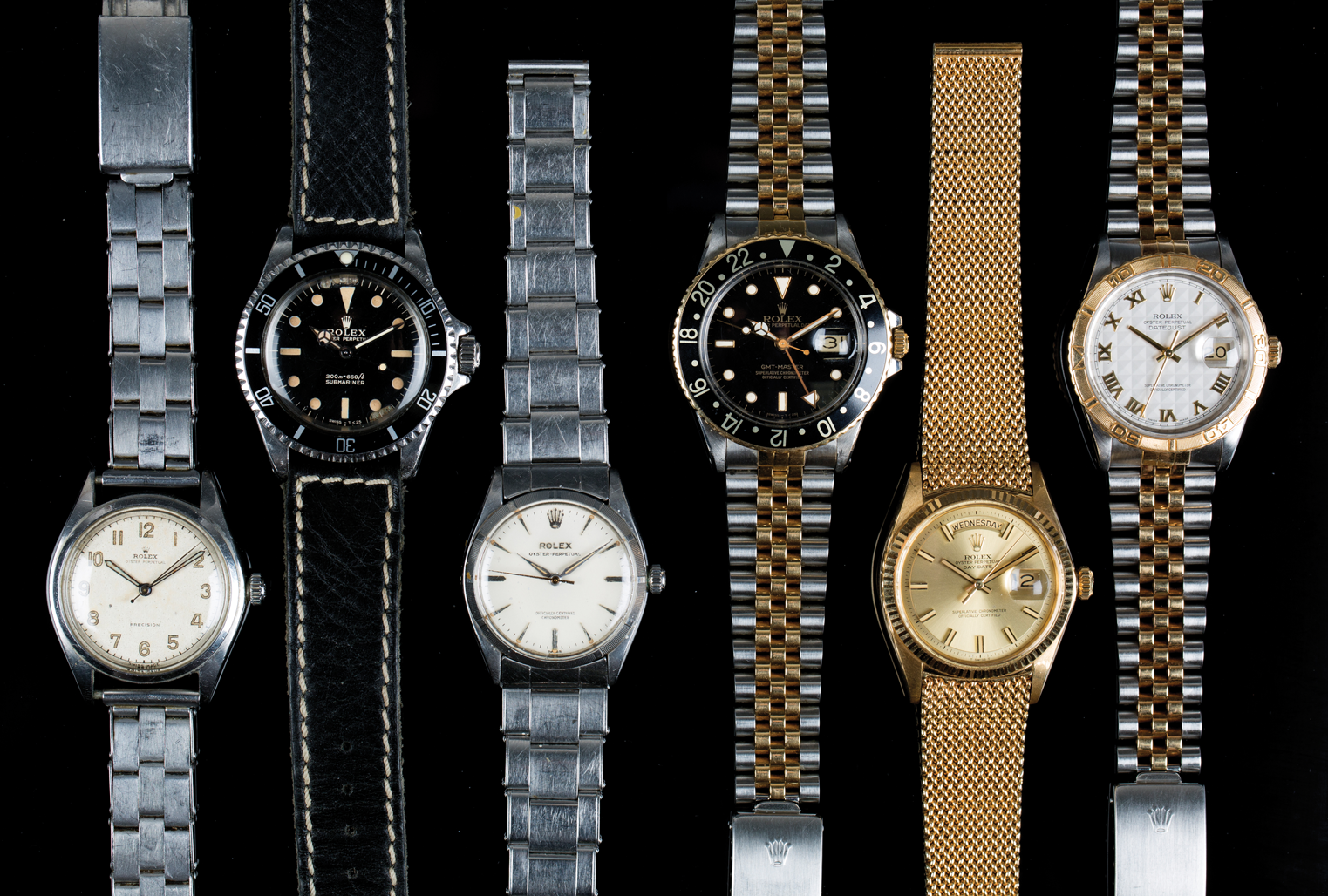
For more than 100 years Rolex have produced superlative timepieces which today are considered design classics.
Rolex is one of the world’s strongest brands representing more than a century of precision watch making, creativity and aspiration. Many may be surprised to learn that the company we know today as Rolex was founded in London by Alfred Davis and his brother in law Hans Wilsdorf in 1905. It traded as Wilsdorf and Davis. Hans Wilsdorf wanted his watches to bear a name that was memorable, short and easy to say in any language. In 1908 he registered the trademark ‘Rolex’. In the same year he opened an office in Switzerland.
In 1914 the Kew Observatory awarded a Rolex watch a Class A precision certificate for accuracy, a distinction usually reserved for marine chronometers. Heavy tax duties in the UK after the Great War on luxury imports and exported precious metals used in watch cases caused Wilsdorf to move the company to Geneva, Switzerland.
In 1927 Rolex developed the first waterproof and dust-proof watch named the ‘Oyster’. In 1931 this was complimented by Rolex inventing the world’s first self-winding mechanism.
As a fine art auctioneer in Sussex I have spent some thirty-five years journeying with people sharing the stories of their lives told through objects. I have often reflected that the most precious objects in our lives are those that allow us to tell these stories – the prompts to fond memories. I refer to them as the patchwork quilt of our lives. Rolex has always understood this and today its ambassadors are drawn from leading figures in the arts and sport whose lives are reflected in the these remarkable timepieces.
Rolex diving watches have been design icons since their introduction in 1953. They were the first diving watches to be waterproof to 330 feet. The ‘Submariner’ illustrated, with its leather strap, was made in 1965. The 1986 GMT- Master is similarly inspired. Introduced in 1955 the mechanism was able to simultaneously show the time in two zones allowing it to be used for navigation by those crossing the globe. The movement was improved in 1982 making it easier to use.
The two Rolex Oyster Perpetual wristwatches from 1958 and 1959 in their restrained stainless steel cases with simple dials are beautifully conceived. In contrast the 18ct gold Day Date wristwatch and the two colour Datejust appeal to those with more glamorous tastes.
New or old a Rolex combines the status of a design icon with superlative time-keeping. This combination delights connoisseurs and collectors. The selection of Rolex wristwatches illustrated have just sold at Toovey’s for £23,000.
Perhaps it’s time to change your wristwatch. Toovey’s Director, Tom Rowsell, is preparing his next specialist auction of fine watches which will be held on Thursday 23rd January 2020. Entries are still being invited. Tom and his team of specialists are always delighted to share their passion for watches and offer advice. They can be contacted on 01903 891955.
By Rupert Toovey, a senior director of Toovey’s, the leading fine art auction house in West Sussex, based on the A24 at Washington. Originally published in the West Sussex Gazette.
